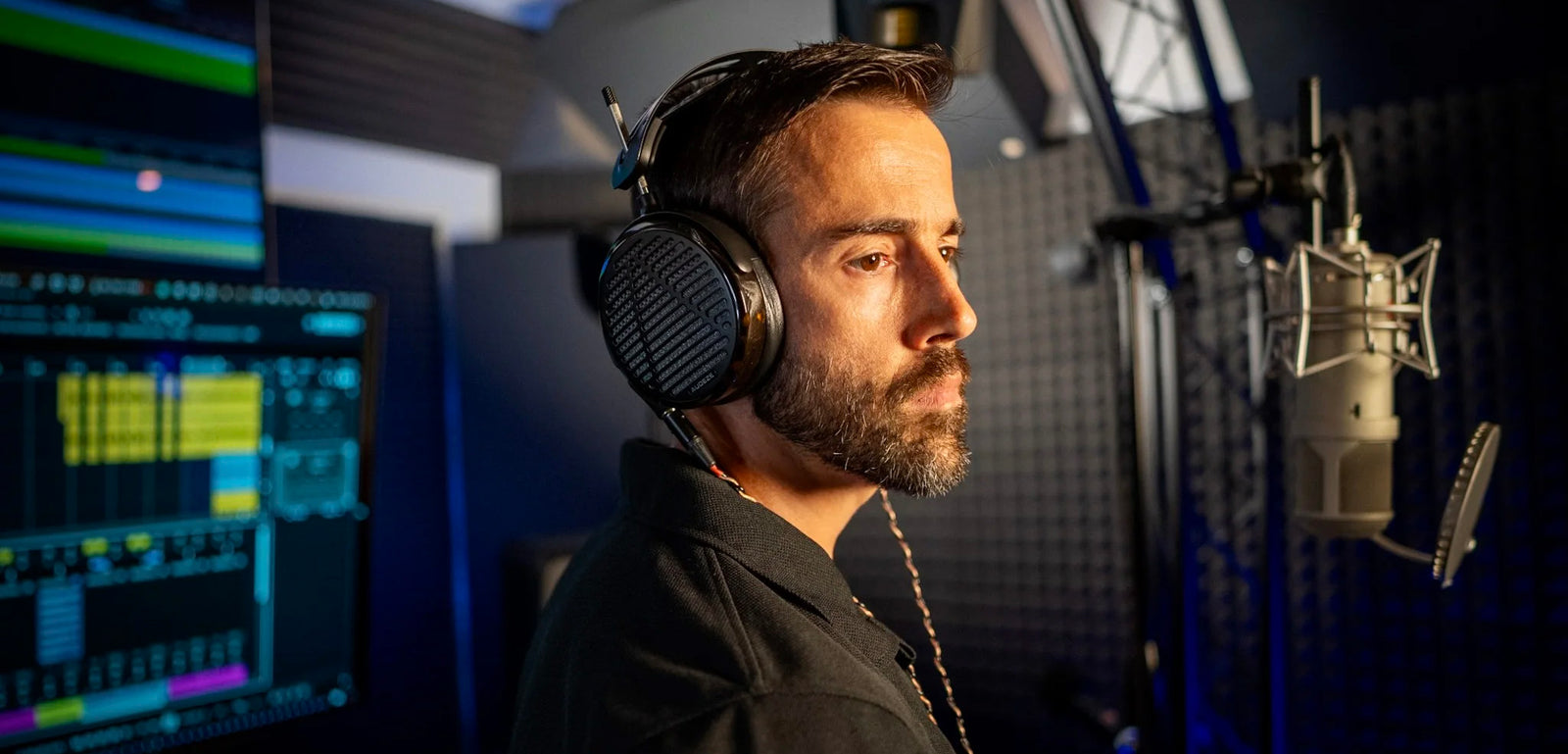
Angie Randisi is a highly acclaimed recording engineer and mixer from Canada, with three Grammy nominations and multiple platinum records to her name. Known for her technical prowess and keen ear, Angie has worked with some of the biggest names in the industry, including Lil Baby, Young Thug, Tory Lanez, 42 Dugg, Glorilla, and PartyNextDoor.

Josh Rogosin defined the tiny desk sound and has recorded and mixed over 800 shows, including Taylor Swift, Sting and Shaggy, Anderson .Paak, Mac Miller, Nile Rogers, and Bono and the Edge. His mixes have been heard on YouTube over a billion times. Now he’s introducing Global Sound and Ghost Light Concerts, traveling the world to discover how location inspires people to make music.

Li-sa-X is a Japanese female Guitarist/Composer who was born in 2005. Her cover video of RACER X's "Scarified," which she posted when she was 8 years old, garnered more than 5 million views and attracted a lot of worldwide attention. After watching this video, the composer of the song Paul Gilbert (MR. BIG) invited her to join his online guitar school as a scholarship student. She made her professional debut at the age of 12. Her playing technique has been described as “the future of rock."

Santaflow is an artist, composer, producer, entrepreneur, teacher and showman, politically incorrect and with millions of followers around the world (mainly in Spanish-speaking countries). After more than 20 years of career, he feels fitter and more eager than ever to continue creating songs and making them sound better every day. A restless lover of the world of sound, he works with several of the leading brands in the sector.
March 08, 2021
"Though Audeze produces some of the most high-end planar magnetic headphones on the market, their high-end headphones can cost more than renting 40 hours of professional studio time. That’s why I have no qualms in saying that their entry-level Audeze LCD-1 headphones are more than accurate enough to serve as a reference tool for home recording artists."
"The standout technology that sets the LCD-1s apart from the competition is its 90mm planar magnetic drivers. Compared to moving-coil drivers, planar magnetic drivers have a lower distortion factor as well as a more accurate transient response, which really helps bring out both low-end sound and short-lived peaks like snare hits. This is aptly demonstrated by the LCD-1s buttery smooth sound."
"The Audeze LCD-1s provide an overall balanced sound signature without making the audio feel flat or lifeless. The low-end delivers a full and present thump without bleeding into the midrange. It won’t pack the same punch as closed-back headphones like the Audio-Technica ATH-M50x, but this is a good thing in the studio context. Vocals and other mid-range instruments sit neatly in the mix, which really showcases the superior sound staging capabilities of these cans. The treble output of these headphones is a true high point (pun intended) for the sound, as the amount of detail you get in the twang of a guitar string or the snap of a rim shot really brings the audio to life. That said, a slight bump in the 3-4KHz frequency range does colorize the sound some, but not enough to shake our faith in the sonic accuracy of these headphones."
"So what’s left to dislike about a pair of headphones that checks this many boxes? Not much. By nature, planar magnetic headphones are heavier and bulkier than moving-coil headphones, and so they aren’t the most comfortable pair of cans I own. The clamping force of the headband was also a bit much for me out of the box, too, but the sample unit I received has become notably more comfortable after repeated use. The open-back design might make them hard to use to monitor live recordings too but they are still a top choice for mixing."